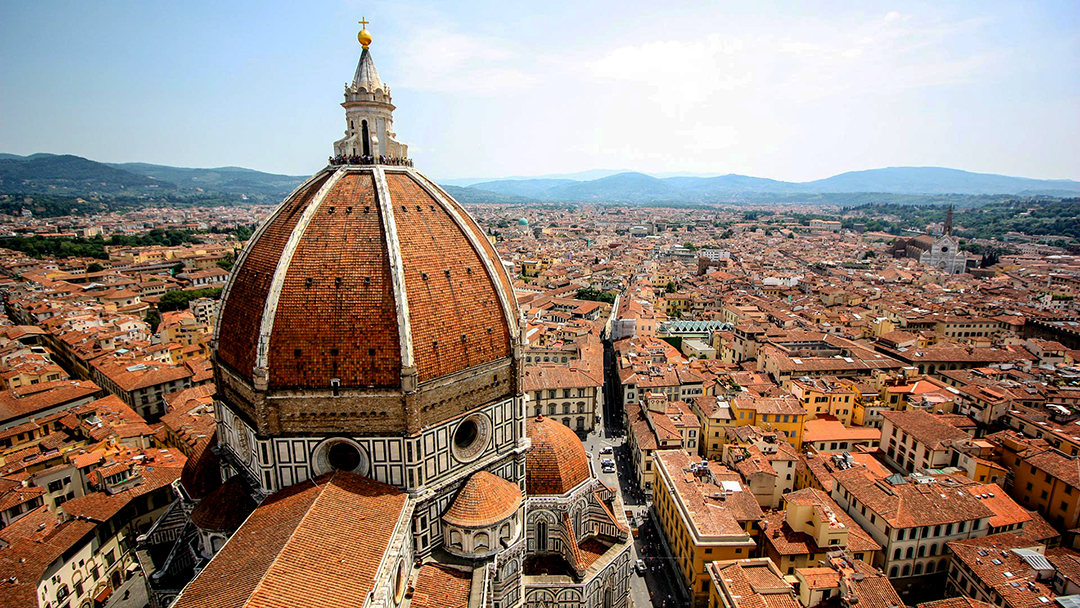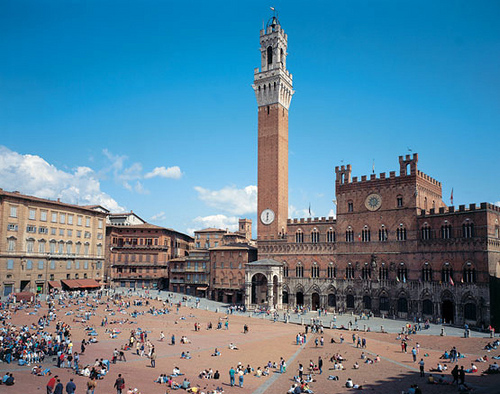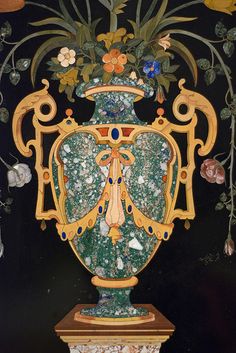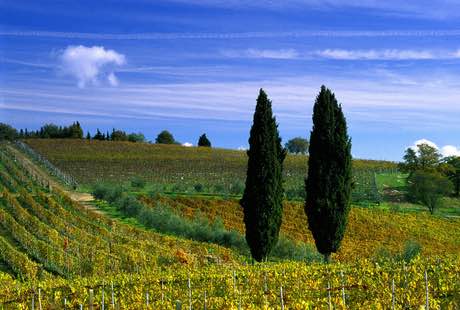Destination Florence and Tuscany
Florence, the capital of Tuscany, is one of the most delightful and easy cities to enjoy. Its rich history, stunning architecture, and incomparable art masterpieces are within reach of a compact city center.
Florence was first settled by the Romans in 59 BC. The Arno River made it a perfect location for travel and trade. For the first 1000 years of her history, the city was taken over countless times and power kept shifting among tribes in central and Eastern Europe (the Goths, Byzantines, the Lombards). Most of the buildings, bridges, churches, convents, monasteries and cloisters that we admire today come from this period.
Florence was set up as an independent republic in 1115. By about 1350, approximately 35,000 people lived in Florence, the wool trade being the main industry.
Although the wealthy noble families held the majority of the power, most of the growth of the city was thanks to the merchants. Power struggles ensued in the history of Florence between the nobles and the middle-class.
The merchants eventually formed guilds to represent their groups and gained administrative power. It was the wool guild that asked Michelangelo in 1499, to make a sculpture of the mythological hero, David, which represented the freedom and power that the workers had gained.
In 1348 the Black Death struck, the worst plague in Florence history which killed about half of the population of the city. During this period of hardship, powerful citizens and successful merchants were able to assert their authority more easily, the most important being the wealthy banking family, the Medici’s. The Medici's eventually took control of Florence, marking the beginning of the Renaissance.
During the Renaissance art, literature, music, science, religion, politics, and exploration flourished in Europe, and Florence is generally considered the place where it all began. The House of the Medici used their riches to commission creative geniuses ... names like Michelangelo, Leonardo da Vinci, Botticelli in art; the explorer Amerigo Vespucci; and "the father of modern science", Galileo.
A Dominican monk named Girolamo Savonarola became an influential authority in Florence. Savonarola preached against the Medici and the Pope and criticized lifestyles that encouraged material riches and decadence. In 1497 Savonarola organized the bonfire of the vanities. Objects associated with "looseness", such as cosmetics, erotic writings, and non-biblical artworks were burnt on a bonfire in Piazza della Signoria.
During World War II, Florence was occupied by the German army from 1943 to 1944. The allies eventually drove the Germans from the city. As the Germans were being pushed out, they blew up the bridges connecting downtown Florence to the other side of the river to stop the British troops from following them. The much-beloved Ponte Vecchio was spared from these explosions.
About 400,000 people live in Florence today. Interest in the history and culture of the city remains strong and tourism is the main income-producer. Fabulous shopping opportunities reflect the unique talents of local artisans ... gold and silversmiths, leather producers, papermakers and stunning mosaics from the world's best.
The hill towns of central Italy hold their crumbling heads proudly above the noisy flood of the 21st century and offer a peaceful taste of what eludes so many tourists. Siena has an easy-to-enjoy Gothic soul: courtyards sport flower-decked wells, churches modestly hoard their art, and alleys dead-end into red-tiled rooftop panoramas. Il Campo, Siena's great central piazza, with its gently tilted floor fanning out from the city hall tower, is Siena's claim to fame. San Gimignano bristles with towers and bustles with tourists. A thrilling silhouette from a distance, Italy's best-preserved medieval skyline gets better as you approach. With 14 towers still standing (out of an original 72!), it's a fun and easy place to visit. Chianti, just south of Florence, has a hilly terrain ... one of the most beautiful in Tuscany...and Italy! You will be amazed by the abundance of silver olive trees and the windy streets surrounded by tall cypress trees. Of course, when in Italy, the wine of choice is Chianti!
![]()




